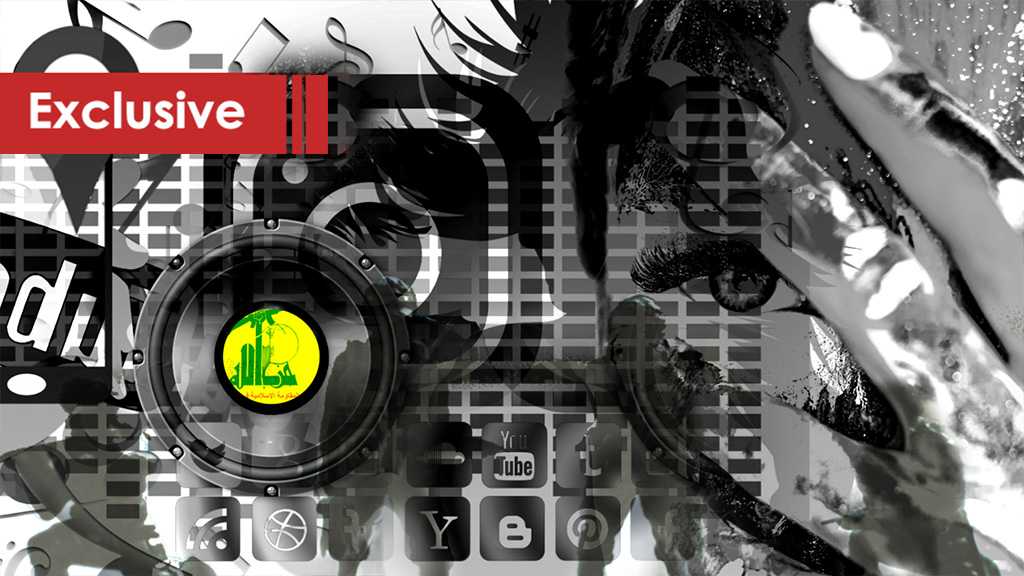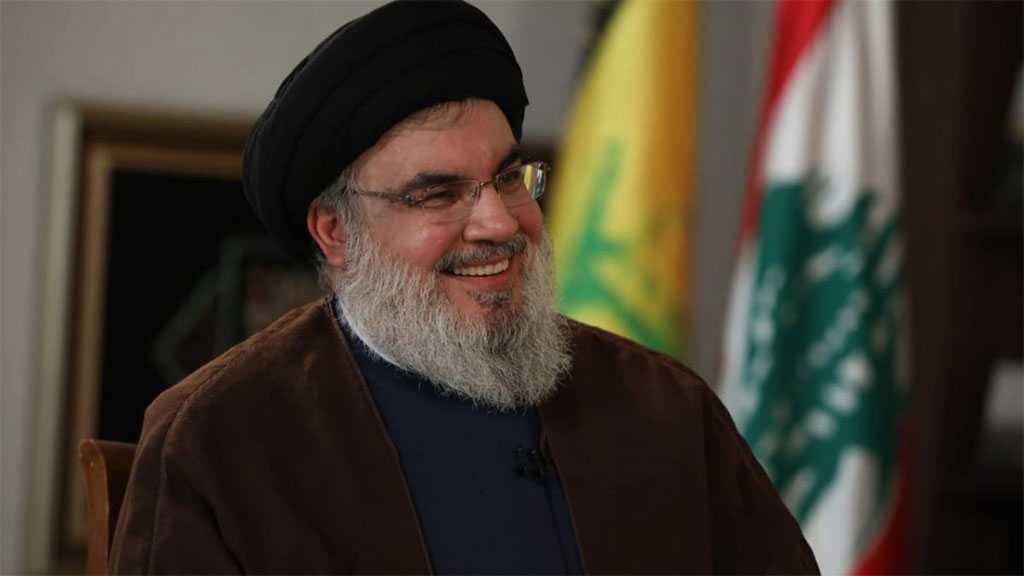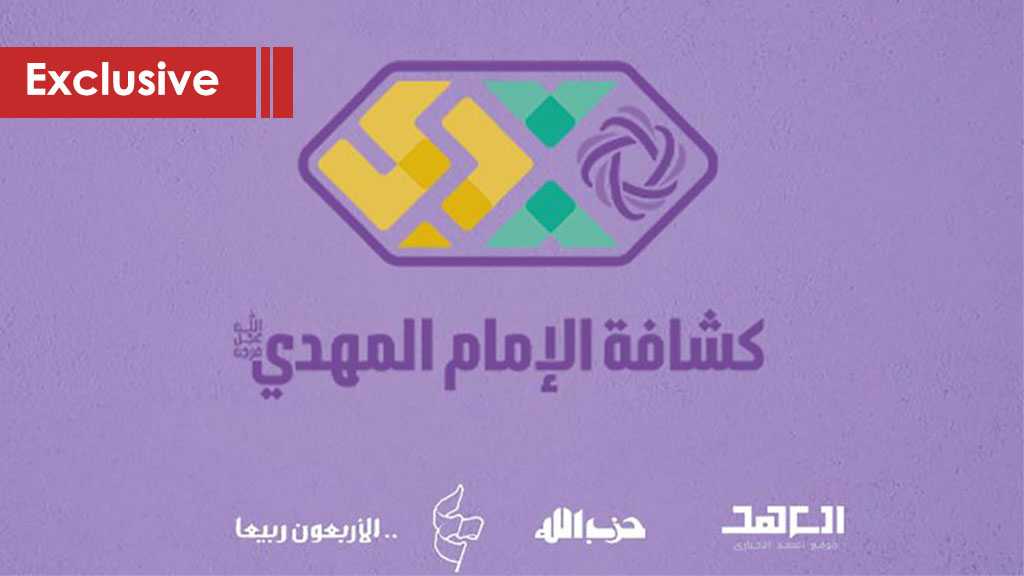It’s More than Just About Military: Hezbollah’s Media Units (Part 1)

By Mohammad Youssef
Contrary to the stereotype mental image that has always been circulated about Hezbollah that presents the party as a resistance movement which focuses only on military actions, the Lebanese Resistance party’s role has always transcended the traditional story of military resistance against the “Israeli” occupation; it has rather extended to encompass other fields of activities; social, educational, media economic, cultural and many other fields too.
We will focus in this article on one of the very important activities which has reserved the party a significant role since its inception in the early eighties; that is media.
The party recognized early enough the importance of media in relaying its message and rallying the people behind it, and thus mobilizing them in the path of resistance against the “Israeli” enemy.
The beginnings of the media manifestations were of a simple nature and were limited to modest attempts to spread the message of the Resistance. Popular attempts thorough the mosques loudspeakers calling to practice Dua’ or prayer for the victory of the resistance fighters. The announcement about the operations of the Resistance and the names of the martyrs were also practiced in the same way.
This very activity has evolved and developed to become a whole department or what used to be known in the party’s language as an independent central unit which shoulders the responsibility of all the activities of the party.
All celebrations and ceremonies, recitals, music activities, exhibitions and fairs are all organized by this unit.
One of the first media mouthpieces of the resistance was the weekly publication, al-Ahed. This weekly newspaper has served for many years as the main media platform for the party and the resistance. It has developed later to become an electronic site. A very well developed one.
Later, when the Resistance had little more capabilities, cars with loudspeakers would move across the neighborhoods of the villages or towns, and even in the southern suburb of Beirut to pronounce their announcements during the political demonstrations or religious occasions like commemorating Ashura in Muharam.
Just like all things that developed tremendously, the first radio station was initiated as early as the beginning of eighties, this was the Mustad'afin radio which started its broadcasting from Beqaa, but later on, the Nour radio station was first initiated in the year 1988. It is one of the leading radio stations in Lebanon and a very reputable and well-known radios across the region as a voice for the resistance.
Al-Manar TV stands as well to represent an icon of the resistance media institutions. First established in 1992, the tv channel station earned its fame from exclusively broadcasting the Resistance operations against the “Israeli” occupation.
A third independent unit which had early enough the honor of documenting the resistance operations was the unit of wartime media – the Central Media unit. This unit has sacrificed many martyrs for the sake of commemorating the resistance actions.
It would have been impossible to document the operations, battles and wars the Resistance engaged in without this unit.
In our next article, we would highlight the cyber media activities, and would definitely discuss extensively the content of the media outlets and how they focused on the foreign languages to relay the message of the resistance to migratory societies and foreign speaking masses and audiences.
Comments

![Gen. Soleimani: Sayyed Nasrallah’s Entire Existence Is Sincerity… I Love Him [Documentary]](https://english.alahednews.com.lb/uploaded2/images/20220908122823.jpg)

![Hezbollah: Forty Dimensions of Uniqueness In Local & Regional Contexts [1/3]](https://english.alahednews.com.lb/uploaded2/images/20220826085658.jpg)
